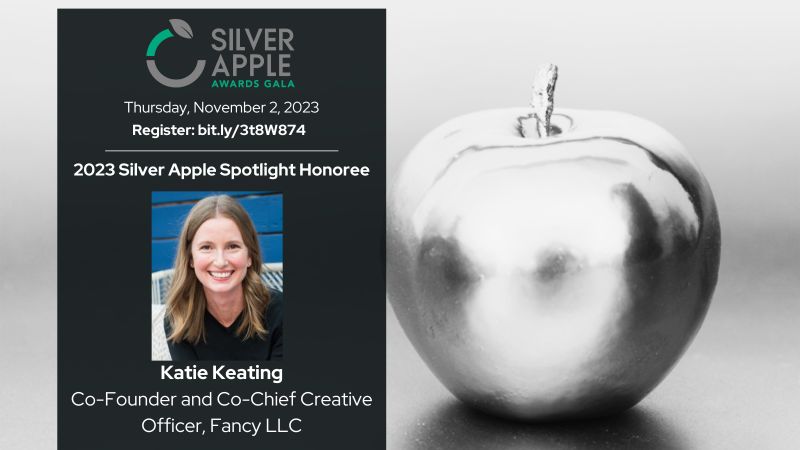
Whether you run marketing for a mid-size start-up or a large enterprise, entering a new territory can be complex and strewn with obstacles. Those challenges include positioning, sales strategy, and cultural differences.
We polled our 3,000 LinkedIn followers to better understand which they view as the top global expansion challenges.
The results:
Market positioning – 49%
Effective sales pitches – 29%
Cultural differences – 18%
Other – 4%
Considering that positioning is so closely related to the sales communications and bridging cultural gaps, this ranking is no surprise. So how can a CMO guide their organization’s global expansion through market positioning? And what other steps can they take to ensure success?
Of course, a deep market analysis is your first step to gathering critical information on your market positioning. Only from there can you test your messaging and refine your strategy using conversions, response rates, and other key metrics as a guide. Testing new markets is the only way you’re going to scale your business.
Position globally, message locally
Whether B2B, B2C, or B2B2C, develop your positioning statements and messaging frameworks so they relate to your audience on a global scale. With these in place, you can better align your website and social content and SEO strategy,
We use data points collected from thousands of campaigns to help us understand market offerings from a competitive standpoint, the right messaging to use and when, and the most effective contacts to target. We use location-based data, as well as previous campaign results, to guide our decisions and suggest best practices.
Balancing risk and timing
Right now, there is a lot of talk about an upcoming recession and a possible financial crisis. If you’re willing to take a calculated risk, then this timing could be a springboard for your company. The reasoning is that in difficult times, many companies pull back on marketing spending. But everyone wants a proven solution, especially during tough times when they’re generally more risk averse. As you expand in new territories, use your market positioning to show that you’re a low-risk, proven solution.
Know your audience
Will your value proposition resonate with your target customers in your expansion markets? If you don’t understand who you’re targeting, regardless of market segmentation, you’re not going far. For recipients, any response marketing outreach may look like spam. For senders, a lack of data and testing could lead to a misunderstanding of what to write and how often to reach out to prospective customers.
Collaborate across teams
Positioning and sales communications should be inextricably linked. We hire sales representatives who also understand marketing. Our sales approach is consultative; we work to understand our customers’ process so we can provide a complimentary inbound and outbound strategy to test.
Consider all competitors
From a marketing perspective, note that you’re not always up against direct competitors. You may be competing for dollars that will be allocated to only one of various projects at a prospect company. The right positioning can help you stand out as the right solution to your prospects’ priorities.
You’re also fighting for attention, so be aware of trends in the new territories where you’re seeking expansion and growth, and use your positioning and messaging strategy to stand out.
Be ready to pivot
You love your existing customers and develop products and services with them in mind. Do the same as you expand to new territories. Adapt your product to local customers’ needs as appropriate — and do it quickly.
Are you ready?
Expanding to new territories can be complicated, but with strong market positioning, you can overcome many of the obstacles you’ll face. Plus, if you don’t look for new and creative ways to test new markets, it’s only a matter of time before a hungrier competitor moves in faster and grabs market share that could have been yours.
So, start developing your expansion strategy, with brand and market positioning at its core, and pay attention to how your prospective customers react. Then test, optimize, and watch your company grow.
About the Author

Dmitry Chervonyi is CMO of Belkins. Chervonyi shapes growth-boosting marketing strategies — fueling sales funnels with qualified leads, exploring opportunities, and developing exclusive campaigns. This is also how he contributes to transforming the sales development culture wherever he works. His specialties include B2B marketing and growth hacking, as well as myriad marketing disciplines, such as content, digital, and email marketing, lead generation, product marketing, and Linkedin Influencer strategies.








